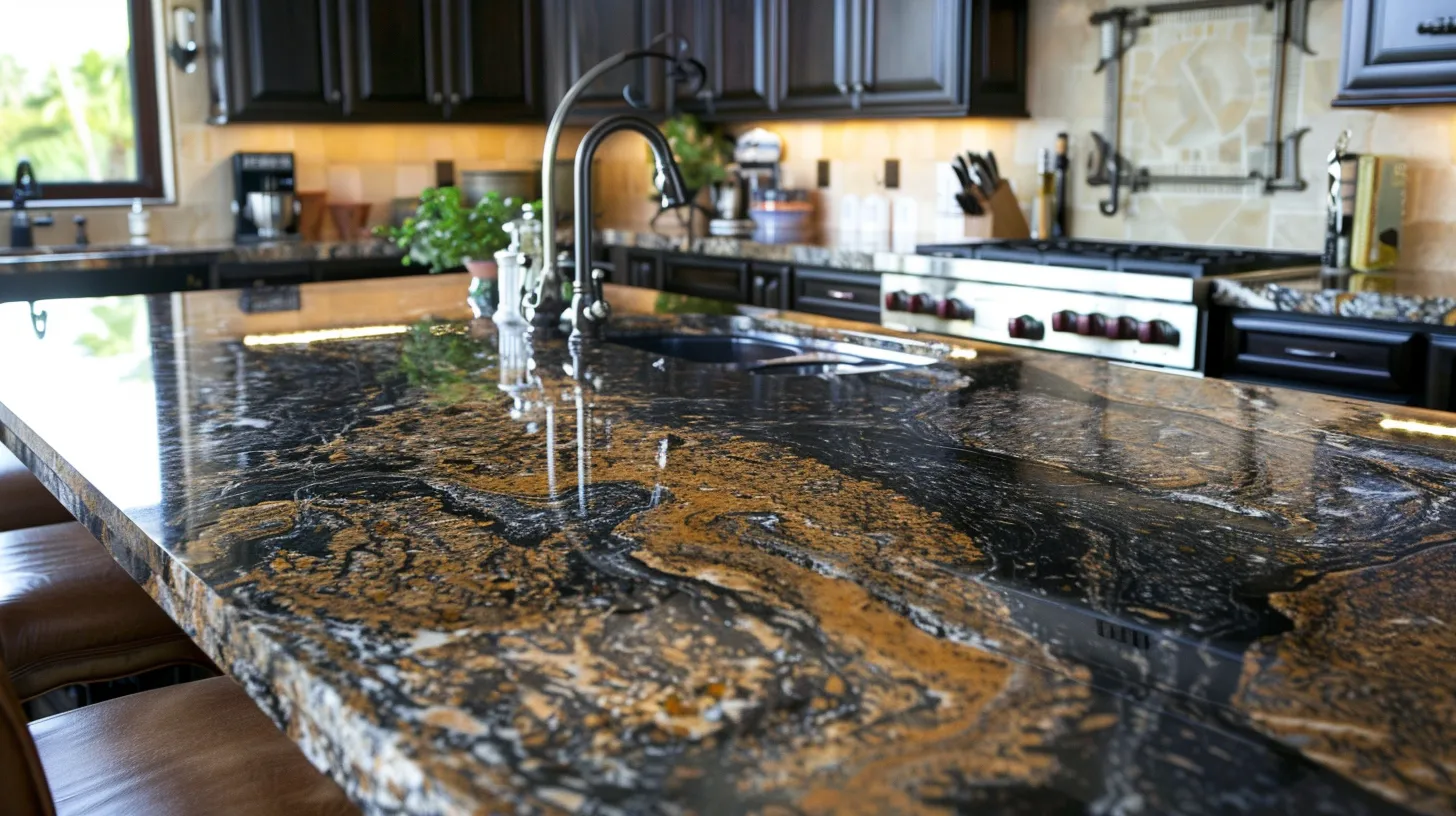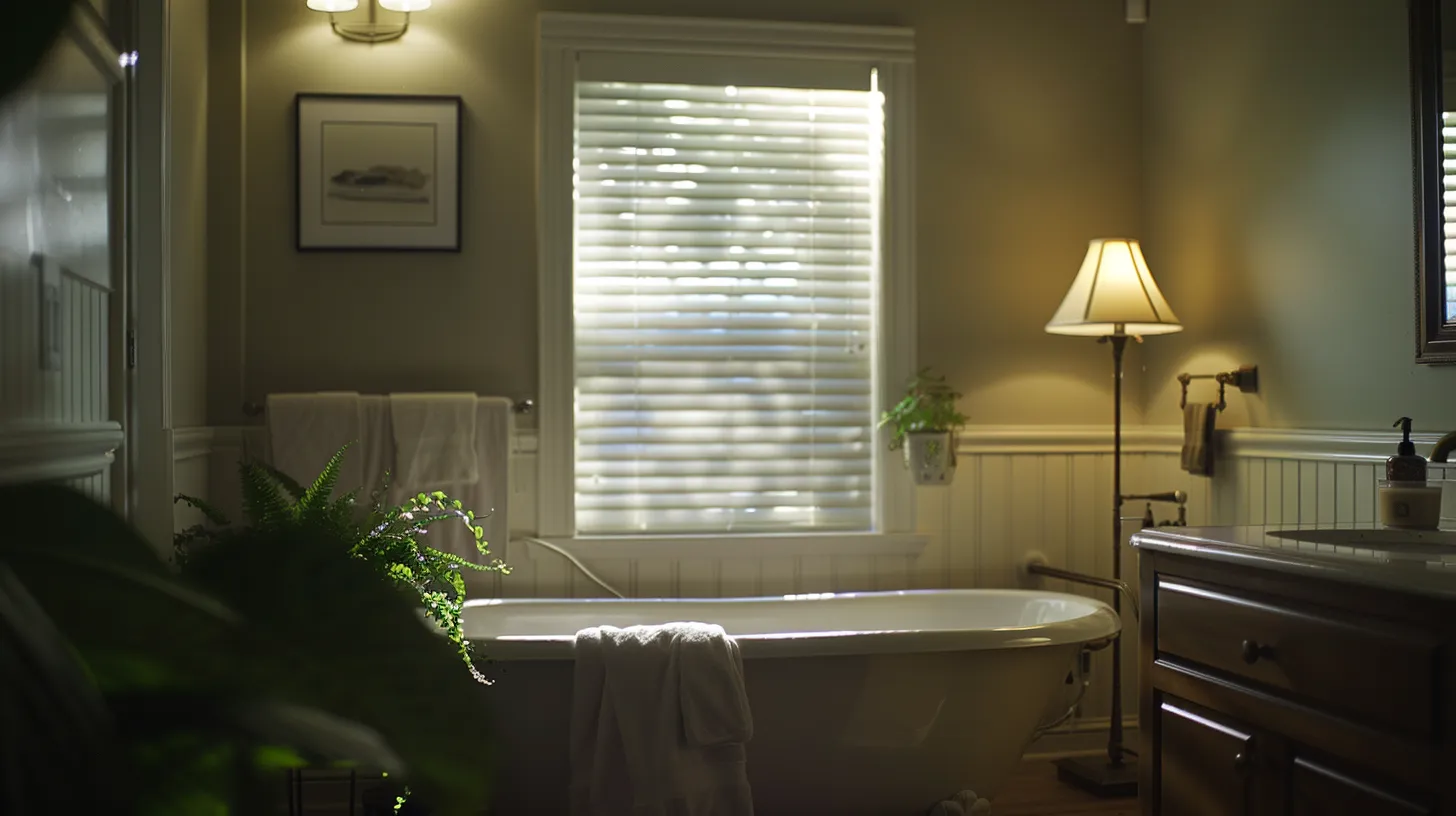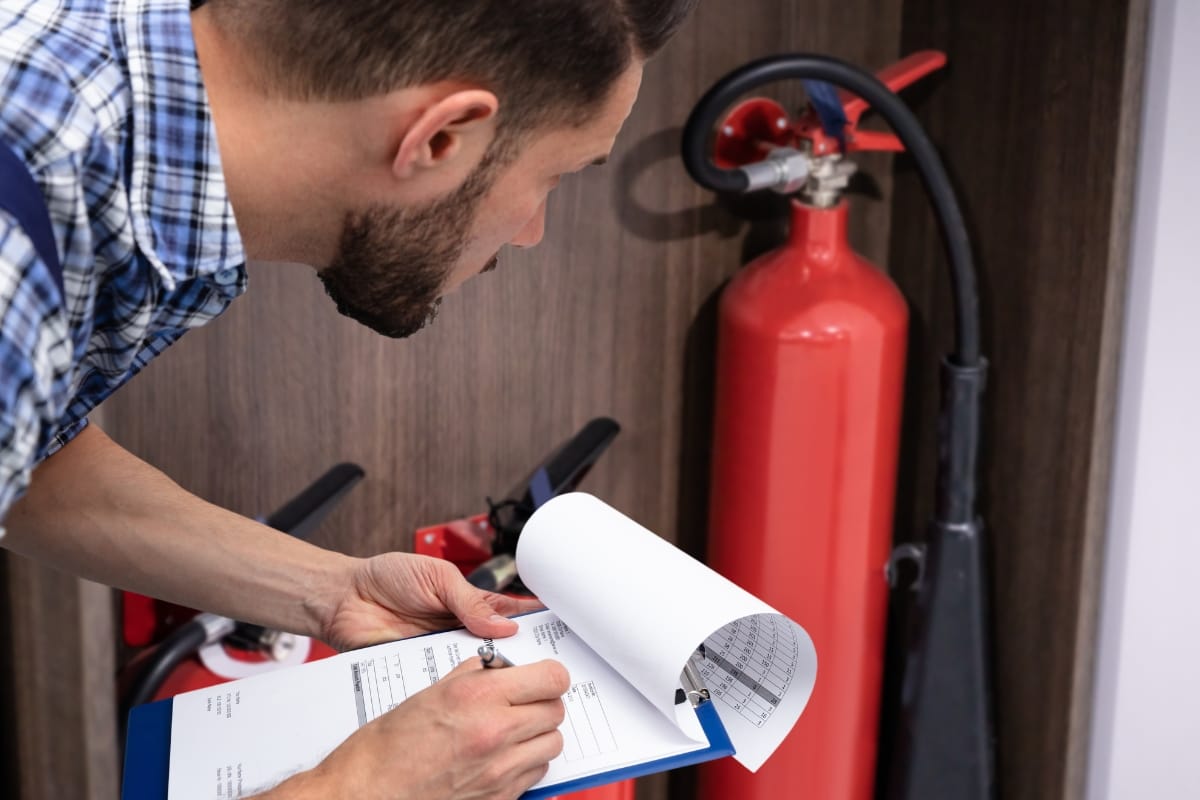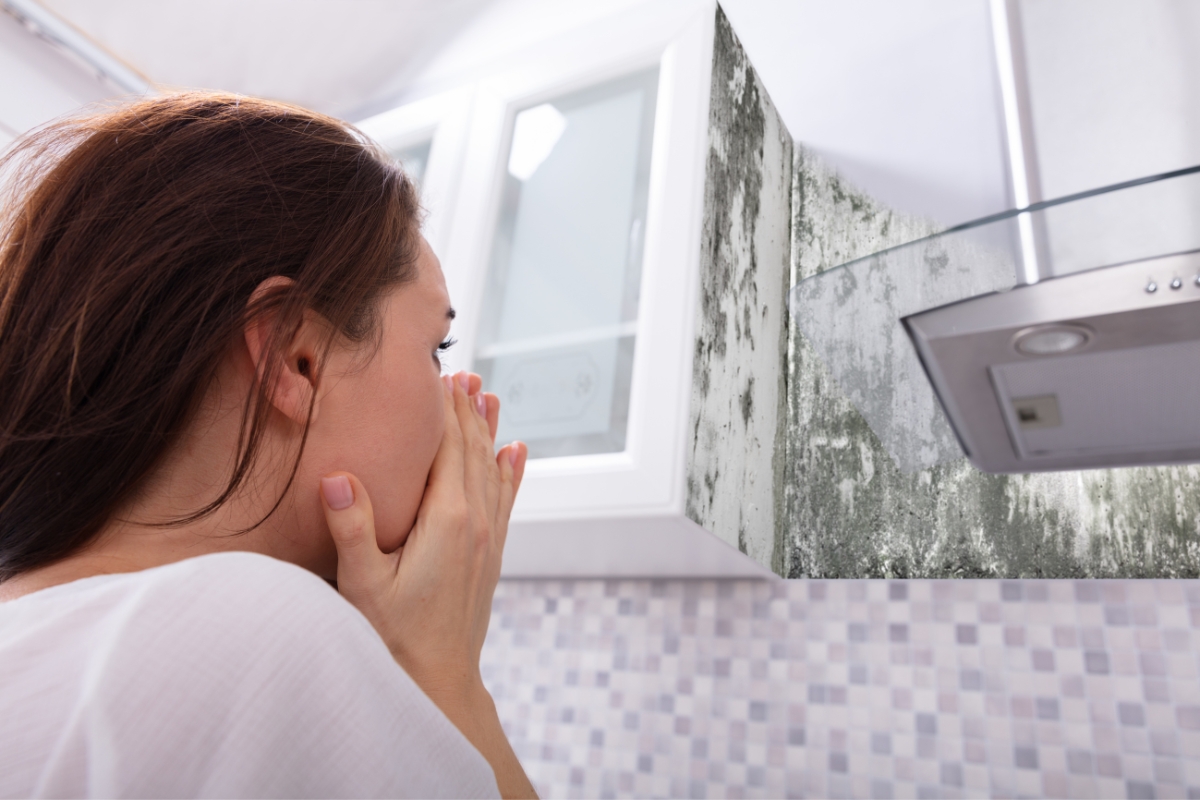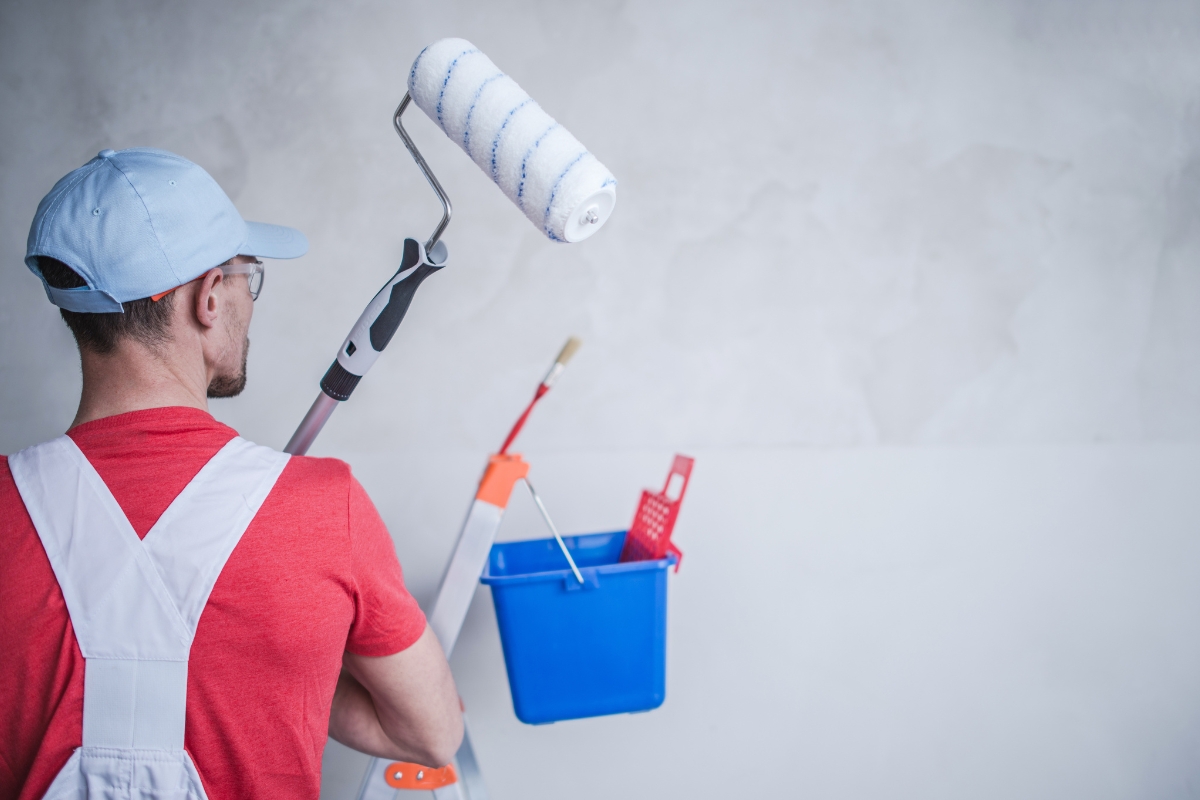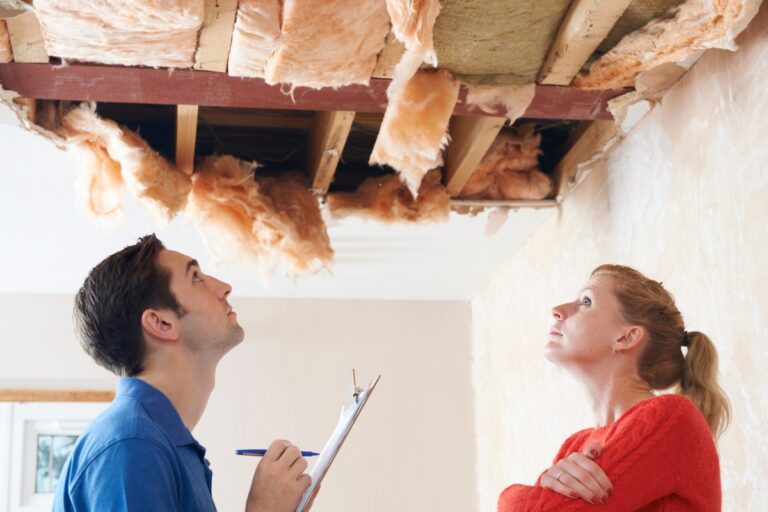Water damage can strike unexpectedly, turning your home or business upside down in an instant. Whether caused by a burst pipe, severe storm, or a hidden leak, the aftermath of water damage can be overwhelming.
However, with the right approach and timely action, you can effectively manage the crisis and minimize long-term damage. In this guide, we’ll provide step-by-step water damage recovery tips to help you take control of the situation and restore your property.
From assessing the extent of the damage and removing excess water to preventing mold growth and coordinating repairs, these tips will equip you with the knowledge to master any water damage crisis.
Whether you’re facing a minor issue or a major disaster, discover how to navigate the recovery process with confidence and protect your property from further harm.
Recover and Rebuild: Essential Steps for the Water Damage Restoration Process
Assessing the Extent of Water Damage
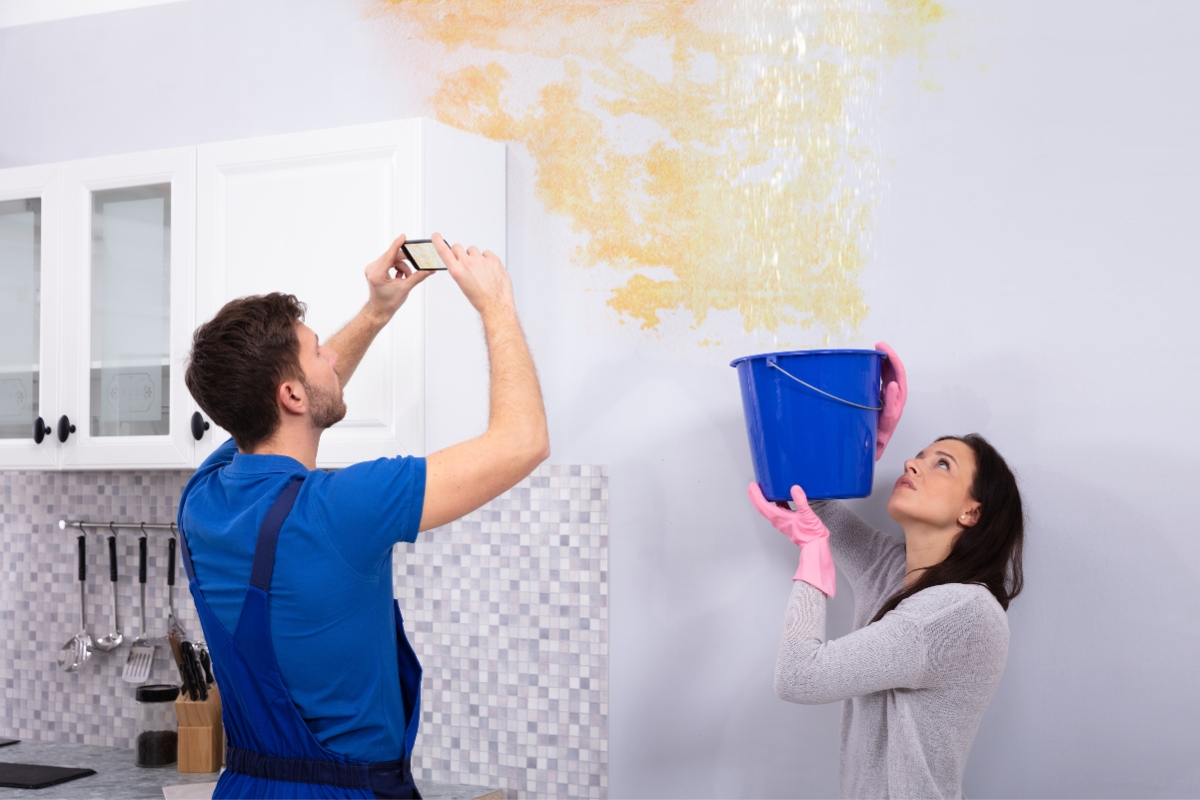
When faced with water damage, the first step is to assess the extent of the problem. This will help you determine the severity of the damage and guide your next course of action. Start by identifying the source of the water and stopping it if possible. Is it a burst pipe, a leaking roof, or a flooded basement? Once you’ve addressed the source, take a thorough look around your property to identify all affected areas.
Inspect walls, floors, ceilings, and furniture for signs of water damage. Use tools like moisture meters to determine the moisture levels in walls, floors, and ceilings. High moisture levels can lead to structural damage and mold growth if left unchecked. Assess the integrity of structural elements such as drywall, insulation, and wooden beams for any signs of weakening or deterioration.
Look out for discoloration, warping, peeling paint or wallpaper, and musty odors. These are all indicators that water has infiltrated these surfaces. Additionally, check for any electrical hazards caused by water exposure. If you notice any exposed wires or outlets in contact with water, turn off the electricity to prevent accidents.
It’s important to document all visible damage by taking photographs or videos. This documentation will be useful when filing insurance claims or seeking professional assistance later on. By thoroughly assessing the extent of water damage in your home, you’ll be better equipped to plan your recovery process.
Safety First: Precautions to Take Before Starting Cleanup
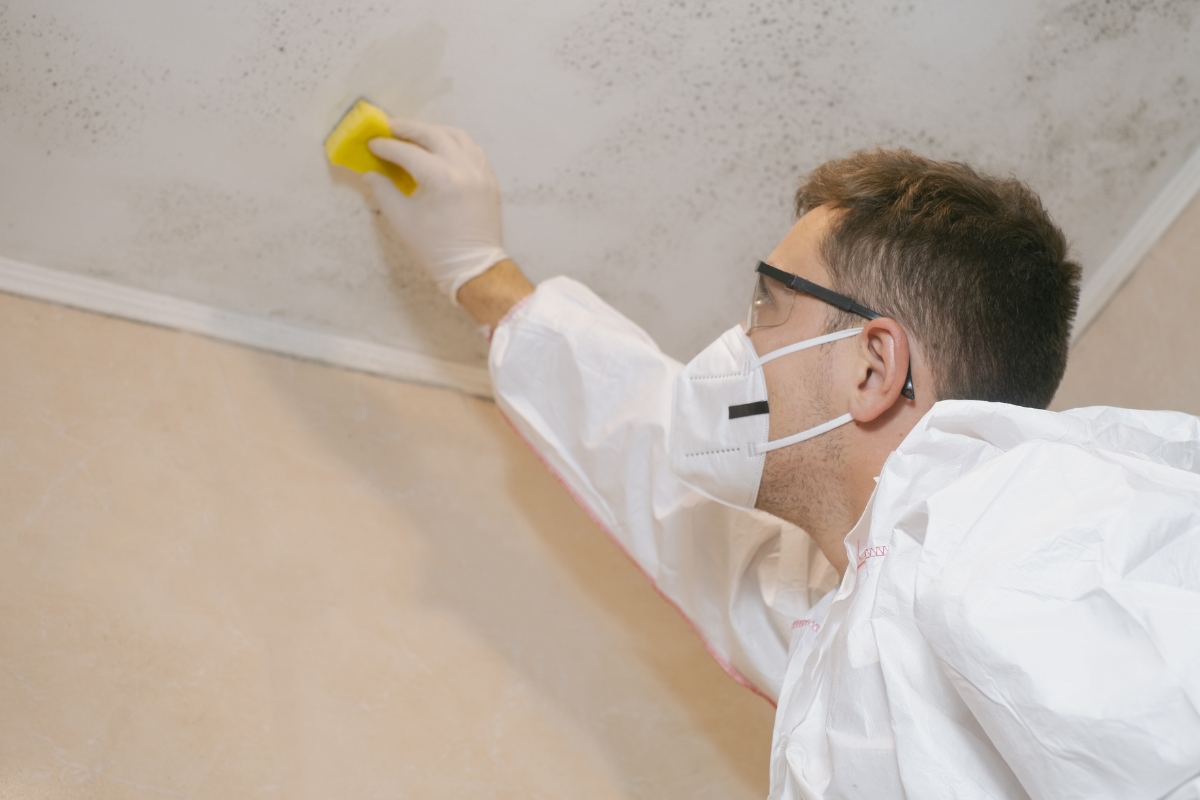
Prioritizing safety is crucial when dealing with water damage recovery. Before diving into disaster cleanup efforts, make sure you take necessary precautions to protect yourself and others involved.
The first rule is to always wear protective gear such as gloves, goggles, and boots when working in areas affected by water damage. This will shield you from potential contaminants present in floodwater or mold growth resulting from prolonged moisture exposure.
If there’s standing water in your home due to flooding or leaks, exercise caution before entering these areas. The presence of electricity can pose a serious risk of electrocution. If you’re unsure whether it’s safe to enter, consult with a professional or wait until the water recedes.
Furthermore, be mindful of your physical limitations. Water damage cleanup can be physically demanding, so take breaks when needed and avoid overexertion. If you have pre-existing health conditions or concerns, it’s advisable to consult a healthcare professional before engaging in any strenuous activities.
Quick Fixes: Immediate Actions to Mitigate Water Damage
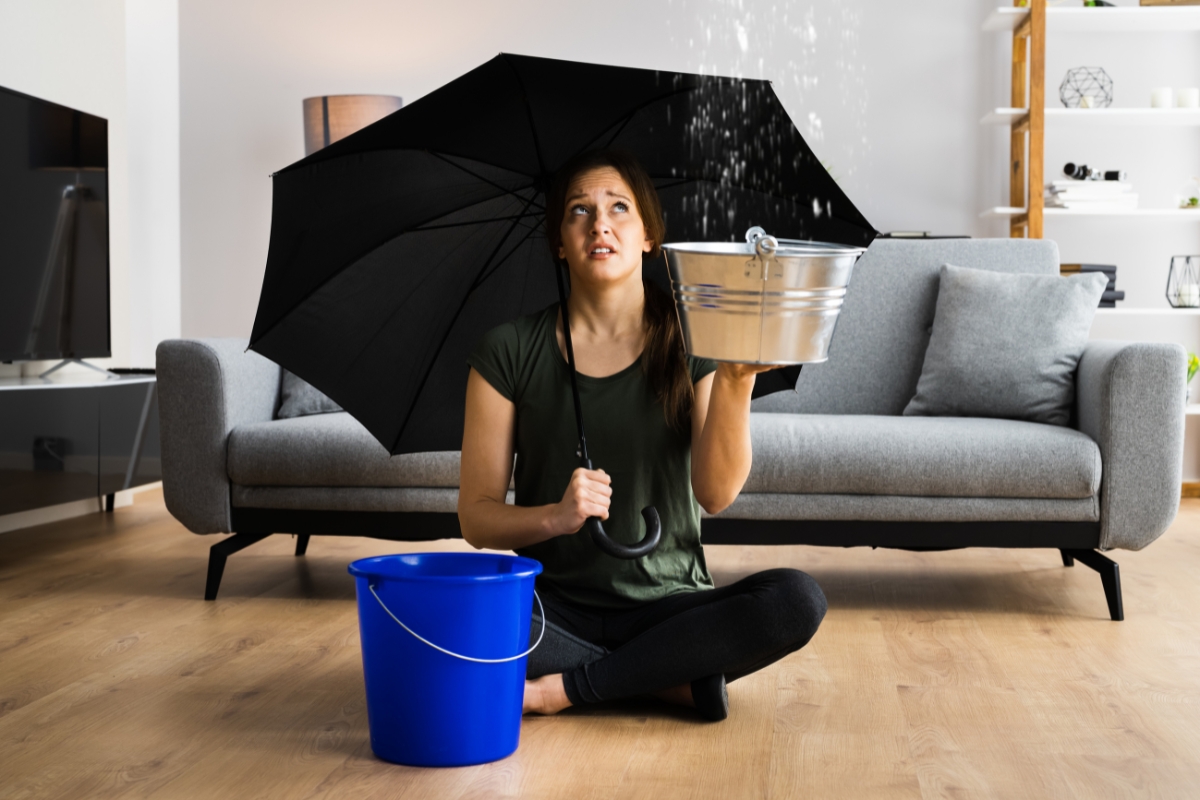
When facing water damage in your home, taking quick actions is crucial to minimize the impact and prevent further destruction. Here are some immediate steps you can take to mitigate water damage:
- Stop the Water Source: If the water damage is due to a burst pipe, leaking roof, or any other source, it’s essential to stop the water flow immediately. Turn off the main water supply to prevent additional water from causing more damage.
- Remove Excess Water: Consider using towels, mops, or a wet vacuum to eliminate standing water swiftly. Rapid extraction of surplus water can inhibit its penetration into walls, floors, and furniture, averting further harm.
- Ventilation: Increase air circulation by opening windows and using fans to help dry out the affected areas faster. Proper ventilation can prevent mold growth and reduce moisture levels in the air.
- Salvage Valuables: Remove furniture, electronics, and other valuables from the affected areas to prevent further damage. Place them in a dry space to air out and dry properly.
- Sanitization: To prevent mold and bacteria growth, clean and disinfect the affected areas thoroughly. Use appropriate cleaning agents to sanitize the surfaces and prevent health hazards.
- Contact Professionals: While these water damage recovery steps can help mitigate immediate damage, it’s crucial to contact water damage restoration professionals to assess the situation thoroughly and provide comprehensive restoration services.
Remember, quick action is key when dealing with water damage. By following these immediate steps, you can effectively mitigate water damage and set the stage for a successful recovery process.
Calling in the Professionals: When to Seek Help
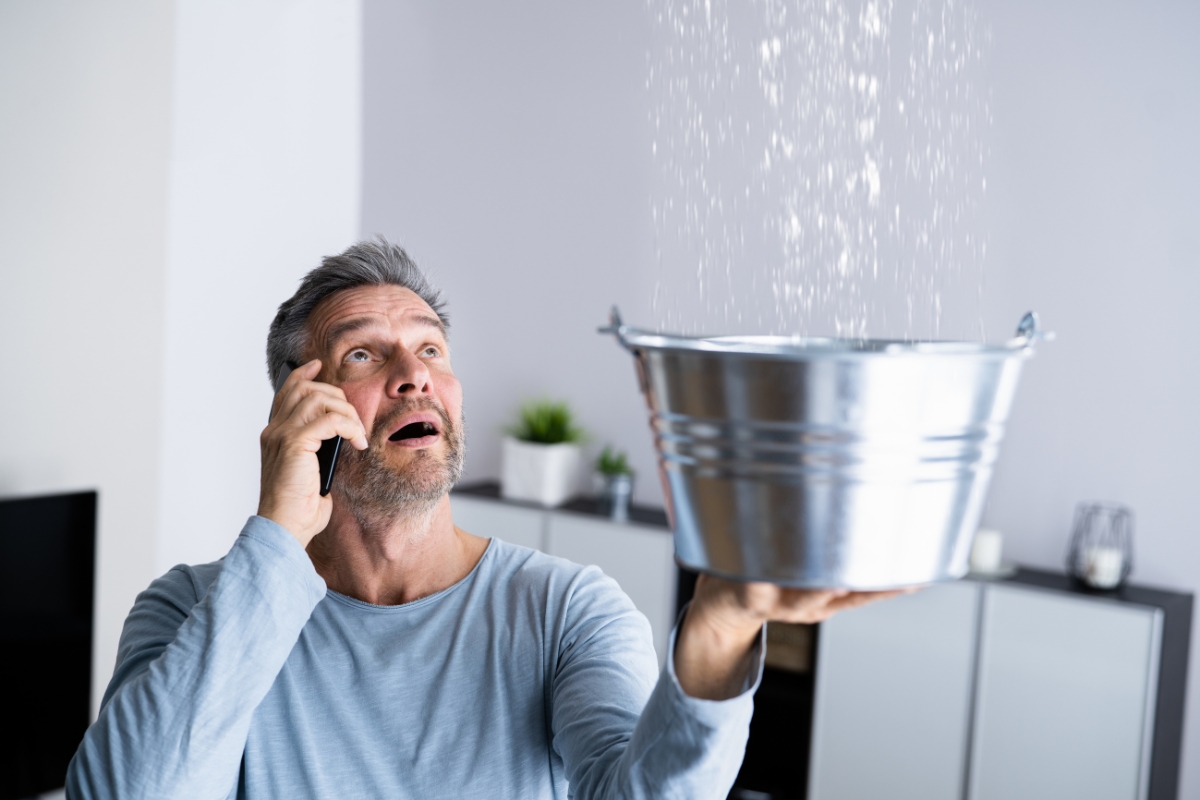
When facing water damage at home, it’s crucial to know when to seek professional help. Water damage recovery can be overwhelming, but with the right guidance, you can master the crisis effectively.
- Mold Remediation: One of the critical aspects of water damage recovery is mold remediation. Mold can quickly grow in damp environments, posing health risks. Professional intervention ensures thorough mold removal and prevents future growth.
- Advanced Equipment: Professional water damage recovery services utilize advanced equipment such as industrial-grade dehumidifiers and moisture meters. These tools help in effectively drying out the affected areas and preventing further damage.
- Insurance Claims: Seeking professional help for water damage recovery also aids in navigating insurance claims. Professionals can document the damage accurately, making the claim process smoother and maximizing the coverage you receive.
- Time Efficiency: Professional water damage recovery teams work efficiently to restore your home promptly. By entrusting the recovery process to experts, you save time and ensure a thorough restoration of your property.
- Prevent Further Damage: Professionals not only mitigate current water damage but also implement measures to prevent future issues. Their expertise in identifying potential risks can safeguard your home from recurring water damage situations.
- DIY vs. Professional Help: While minor water damage situations can be managed with DIY techniques, significant damage requires professional intervention. Knowing when to seek help is key to successful water damage recovery.
By recognizing the signs and understanding the importance of professional assistance, you can effectively master water damage recovery. Remember, quick action and expert guidance are vital in restoring your home to its pre-damage condition.
Drying Out: Techniques for Removing Moisture from Affected Areas
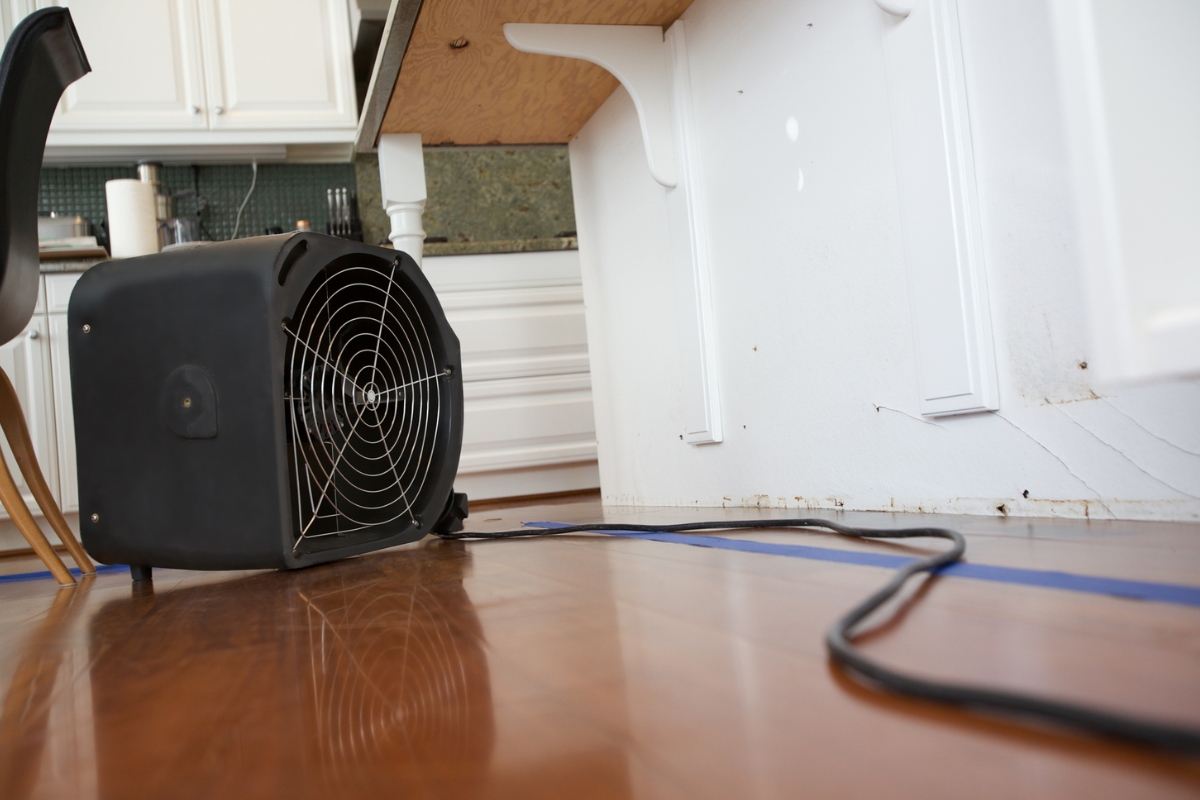
To effectively master water damage recovery, it’s crucial to understand the techniques for removing moisture from affected areas. Efficiently drying out these spaces is key to preventing further damage and mold growth.
- Emergency Water Mitigation and Planning: Before diving into the drying process, assess the extent of water damage in the affected areas. Identify the source of the water damage to prevent future incidents. Plan out the steps you need to take to remove moisture effectively.
- Extracting Standing Water: Start by removing any standing water using pumps or wet vacuums. This step is crucial in preventing the spread of water and minimizing overall damage.
- Ventilation: Ensure proper ventilation in the affected areas by opening windows and using fans. Increased airflow aids in drying out the space faster. Dehumidifiers can also be beneficial in reducing humidity levels.
- Use of Absorbents: Utilize materials like towels, cloths, or even cat litter to absorb excess moisture from surfaces. Place these absorbents strategically to soak up water effectively.
- Heat Application: Applying heat can expedite the drying process. However, exercise caution with heat sources to prevent any safety hazards. Heat helps evaporate moisture, aiding in drying out the affected areas.
- Water Damage Inspection and Monitoring: Regularly inspect the drying progress and monitor moisture levels. Use moisture meters to check for any remaining moisture, ensuring thorough drying to prevent mold growth.
- Professional Assistance: In cases of extensive water damage or if you’re unsure about handling the situation, seek professional help. Water damage recovery experts have the knowledge and tools to effectively dry out affected areas.
By implementing these techniques for removing moisture from affected areas, you can effectively master water damage recovery. Taking proactive steps in drying out spaces ensures a successful recovery process, safeguarding your property from further damage.
Salvaging Belongings: Tips for Rescuing and Restoring Items
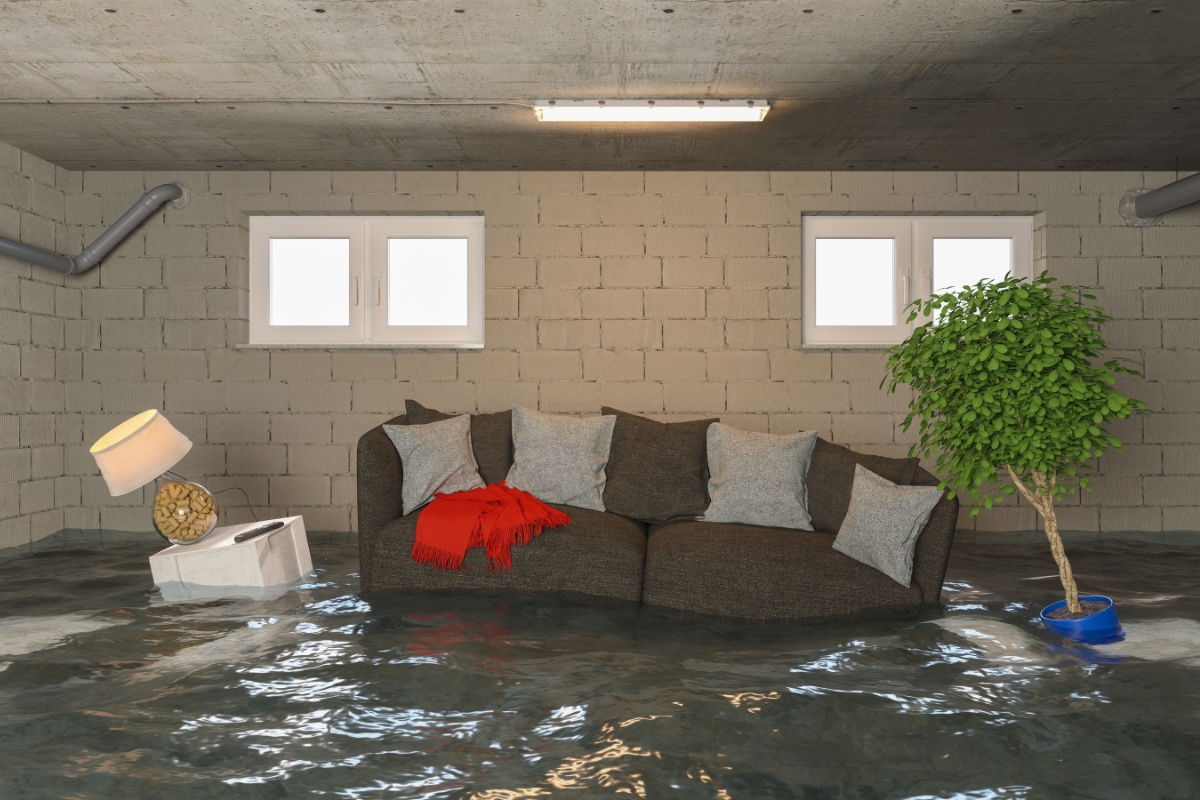
When facing a crisis like water damage, salvaging belongings becomes a crucial task. Despite the devastation, there are ways to rescue and restore items affected by water damage. Here are some essential tips for mastering the recovery process:
- Act Quickly: Time is of the essence when dealing with water damage. The faster you start the recovery process, the higher the chances of salvaging your belongings.
- Safety First: Before diving into the restoration process, ensure your safety by wearing protective gear such as gloves and masks. Turn off the power source to prevent any electrical hazards.
- Assess the Damage: Evaluate the extent of the water damage to determine which items can be salvaged and which ones are beyond repair.
- Prioritize: Start by rescuing essential items like important documents, electronics, and sentimental valuables. Move these items to a dry and safe location.
- Remove Excess Water: Use a wet/dry vacuum or towels to remove as much water as possible from the affected area. This will help prevent further damage and mold growth.
- Dry and Dehumidify: Proper drying and dehumidification are key steps in the restoration process. Use fans, dehumidifiers, and open windows to help dry out the space.
- Clean and Disinfect: Thoroughly clean and disinfect items that can be salvaged. Use appropriate cleaning agents to prevent mold and bacteria growth.
- Consult Professionals: For extensive flood damage or valuable items, consider seeking help from professional damage restoration specialists. They have the expertise and equipment to handle the recovery process effectively.
- Monitor for Mold: Keep a close eye on the affected area for any signs of mold growth. Promptly address any mold issues to prevent further damage.
- Document for Insurance: Take photos of the damage and keep a detailed inventory of the items affected. This documentation will be valuable when filing insurance claims.
By following these step-by-step water damage recovery tips, you can effectively salvage belongings and restore them to their pre-damaged condition. Remember, staying calm and acting swiftly are key to mastering the crisis of water damage.
Preventing Mold Growth: Steps to Ensure Long-Term Protection
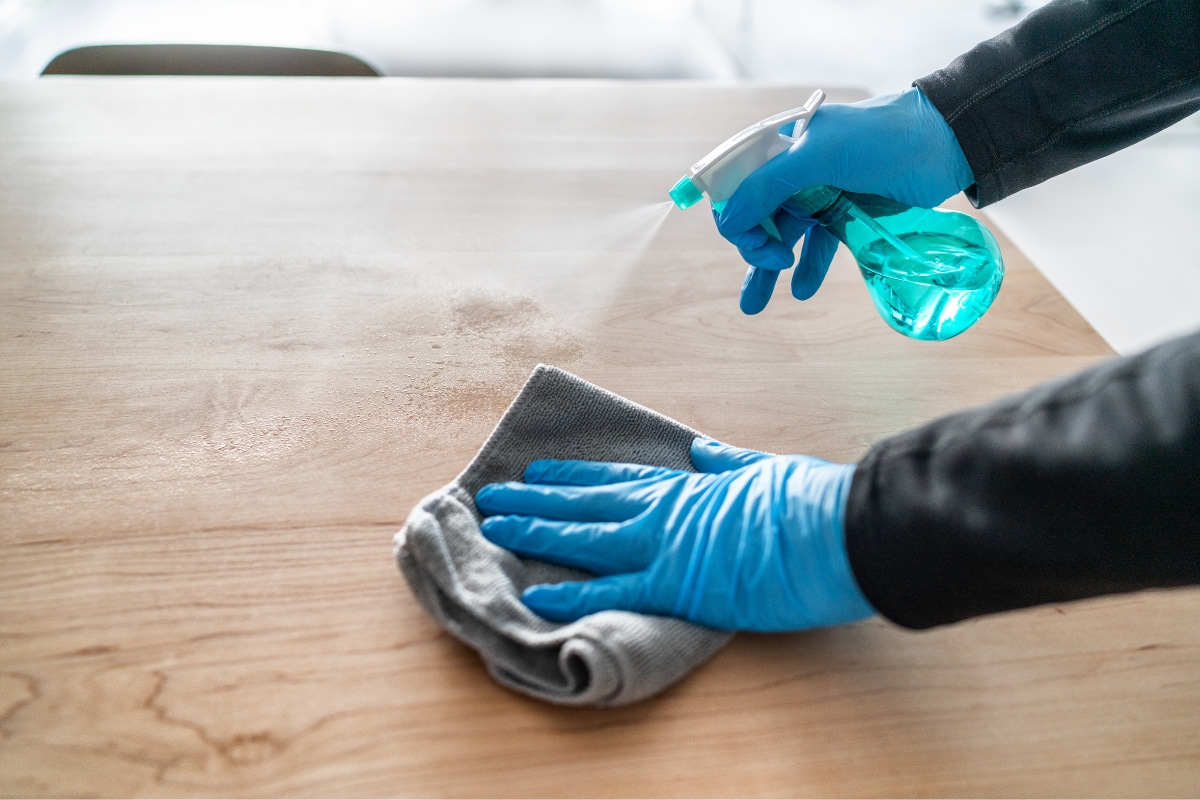
When it comes to preventing mold growth after experiencing water damage, it is crucial to take proactive steps to ensure long-term protection for your property. By mastering the crisis through effective water damage recovery tips, you can minimize the risk of mold infestation and safeguard your home.
- Prompt Water Removal: The first step in water damage recovery is to remove any standing water promptly. Use pumps, wet-dry vacuums, or towels to extract water from the affected areas, preventing further damage and lowering the humidity level.
- Thorough Drying: Proper drying is key to preventing mold growth. Use dehumidifiers and fans to dry out the area completely. Pay special attention to hidden or hard-to-reach areas where moisture can linger.
- Disinfection and Cleaning: After water removal and drying, disinfect all surfaces to kill any existing mold spores and prevent new growth. Use appropriate cleaning agents and solutions recommended for water damage recovery.
- Repair Damaged Structures: Inspect and repair any structural damage caused by water to prevent moisture seepage and future mold issues. Replace damaged drywall, insulation, or flooring as needed to restore the integrity of your home.
- Monitor Humidity Levels: Keep an eye on indoor humidity levels to prevent excess moisture, which can lead to mold growth. Use a hygrometer to measure humidity and maintain levels below 60% to inhibit mold proliferation.
- Ventilation: Ensure proper ventilation in your home to promote air circulation and prevent trapped moisture. Use exhaust fans in kitchens and bathrooms, open windows when weather permits, and consider installing a whole-house ventilation system.
- Inspect Regularly: Even after water damage recovery, continue to inspect your property regularly for any signs of mold growth. Early detection can help you address issues before they escalate, saving you time and money in the long run.
Rebuilding and Renovating: Repairing Water-Damaged Areas
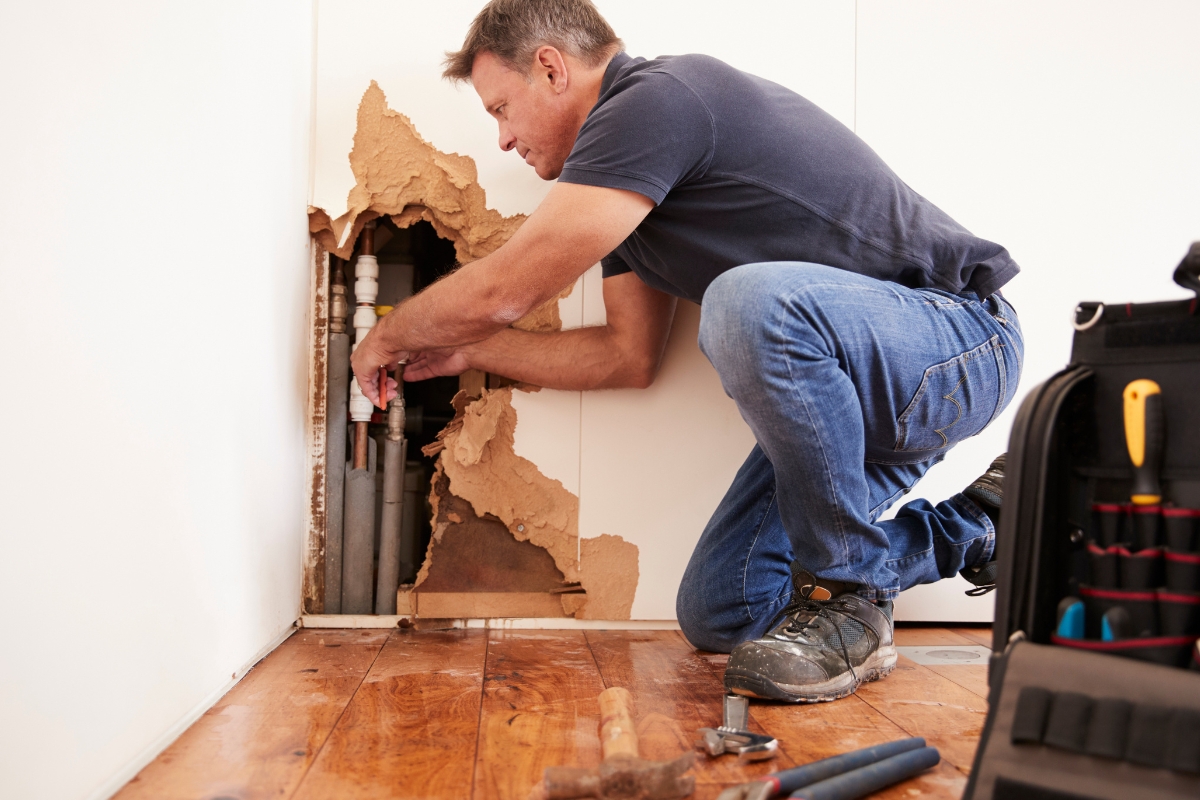
When facing water damage in your home, prompt action can make a significant difference in the recovery process. To master your crisis effectively, following a step-by-step approach to repairing water-damaged areas is crucial. By understanding the key techniques and methods for water damage recovery, you can effectively rebuild and renovate affected spaces.
- Assessing the Damage: Before diving into the restoration process, start by assessing the extent of the water damage. Check for any structural issues, mold growth, or electrical hazards. Understanding the scope of the damage will help in planning the necessary repairs. This initial assessment sets the foundation for the rest of the recovery process.
- Water Extraction and Drying: The first step in water damage recovery is removing excess water from the affected areas. Utilizing pumps, wet vacuums, and dehumidifiers can help in extracting water efficiently. Thoroughly drying the space prevents mold growth and further structural damage. Proper ventilation and dehumidification are essential in this phase.
- Cleaning and Sanitizing: After drying the area, thorough cleaning and sanitization are vital to ensure a healthy living environment. Use appropriate cleaning agents to disinfect surfaces and prevent any bacterial contamination. Pay special attention to areas that were submerged in water to avoid health risks.
- Repairing and Rebuilding: Once the area is clean and dry, it’s time to focus on repairing and rebuilding water-damaged structures. Replace damaged drywall, flooring, and insulation to restore the area to its pre-damaged state. Seek professional help for complex repairs to ensure safety and quality workmanship.
- Preventive Measures: To avoid future water damage, consider implementing preventive measures such as installing sump pumps, maintaining gutters, and inspecting plumbing regularly. Being proactive can help in reducing the risk of water-related emergencies in the future.
Mastering the art of water damage recovery requires attention to detail, swift action, and a systematic approach. By following these step-by-step tips for repairing water-damaged areas, you can navigate through the crisis effectively and restore your home to its former glory. Remember, water damage recovery is not just about fixing the visible damage but also ensuring the safety and well-being of your living space.
Learning from the Experience: Strategies for Future Preparedness
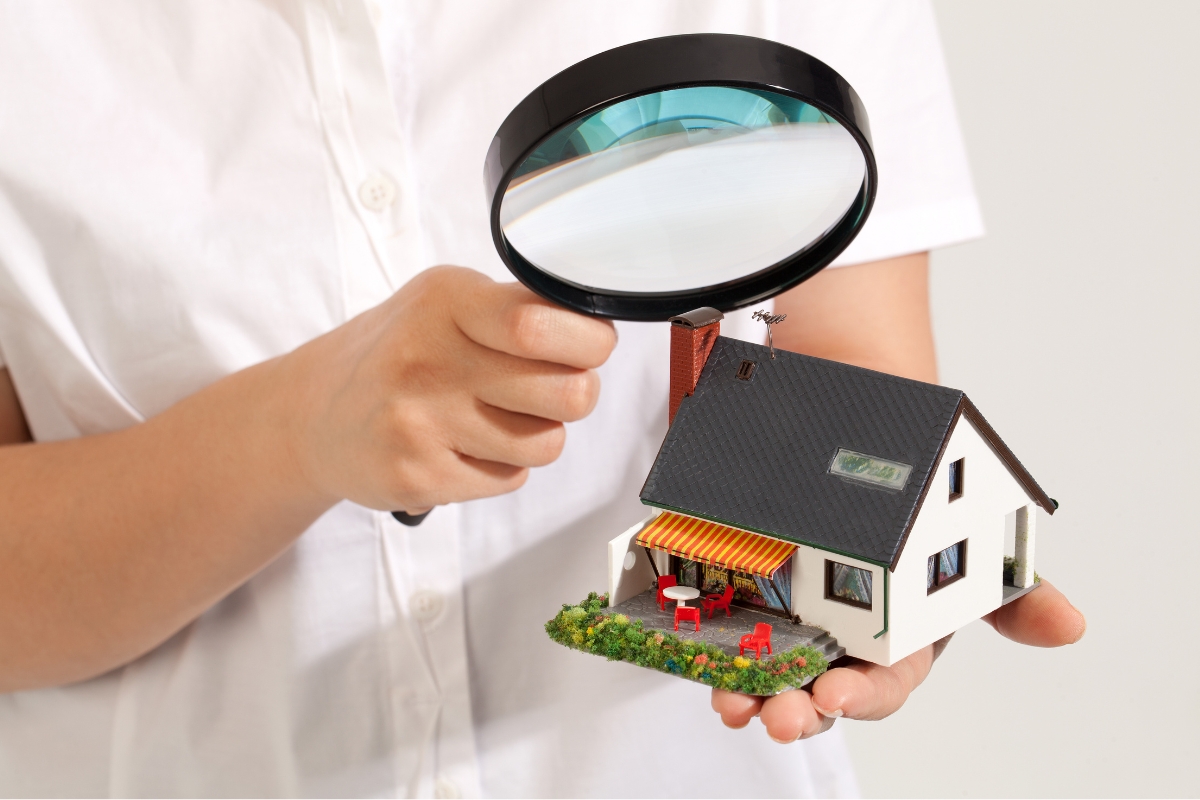
When faced with water damage, preparation and swift action are key to minimizing the impact on your property. Learning from past experiences is crucial in developing effective strategies for future preparedness, ensuring that you can respond more efficiently and reduce the risk of extensive damage.
Start by conducting a thorough assessment of previous water damage incidents. Identify the causes—whether it’s plumbing issues, roof leaks, or natural disasters—and understand the steps that were taken to address the problem. This reflection will help you recognize any vulnerabilities in your property and highlight areas that need improvement.
Once you’ve identified potential risks, implement preventive measures. This could include installing sump pumps, improving drainage systems, sealing cracks in the foundation, or even elevating valuable items in flood-prone areas. Regular maintenance of your plumbing and roof can also prevent small issues from becoming major problems.
Develop a comprehensive emergency plan that includes clear procedures for shutting off water supplies, contacting emergency services, and safeguarding important documents and belongings. Make sure all household members are familiar with this plan and conduct periodic drills to ensure everyone knows what to do in the event of water damage.
Additionally, consider investing in water detection devices or smart home technology that can alert you to leaks before they escalate. Having an insurance policy that adequately covers water damage is also essential, as it provides financial protection and peace of mind.
By learning from past experiences and taking proactive steps, you can significantly reduce the impact of future water damage, protect your property, and ensure the safety and well-being of those in your home.
Conclusion: Embracing Recovery and Resilience
Water damage recovery is a multi-step process that requires careful assessment, immediate action, and long-term planning. The journey towards water damage recovery may be challenging at times, but by mastering each step along the way, you’ll emerge stronger on the other side – equipped with valuable insights that will serve you well in any future crisis.
Facing water damage can be overwhelming, but with the right recovery tips, you can master any crisis and restore your space quickly. For professional help that ensures a thorough and effective recovery, choose Restor-It, Inc. Our expert team is ready to assist you every step of the way, providing top-notch restoration services to bring your property back to its best condition. Contact us at (678) 355-6645 or visit our website to get a free quote. Let Restor-It, Inc. be your trusted partner in water damage recovery.

